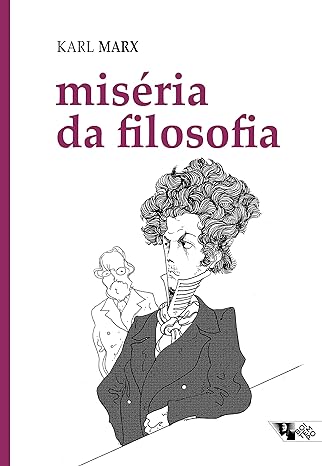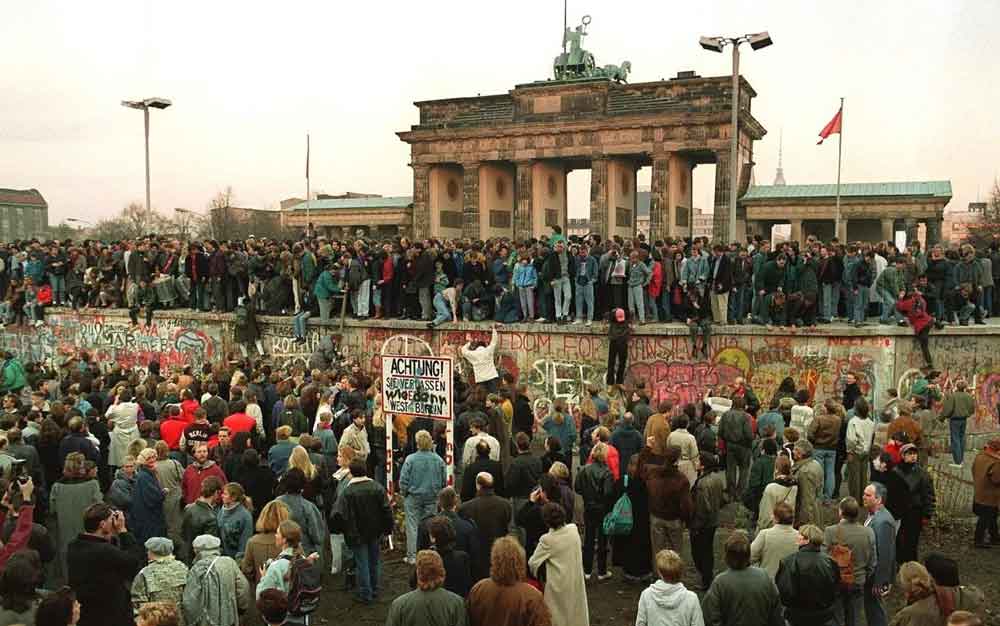History

The period known as the Military Dictatorship lasted from 1964 to 1985. During this interval, several investigations and testimonies pointed out physical and psychological torture as a tactic used by government members and military groups to control the population.
Thus, I will present, in this list, the 10 most well-known types of torture used during the Military Regime.
The Tortures
Pau-de-Arara

Pau-de-Arara consisted of an iron bar inserted between bound wrists and the bend of the knee, with the set placed between two tables, leaving the body of the tortured person hanging about 20 or 30 centimeters from the ground. This method was almost never used in isolation; its usual complements were electric shocks, the paddle, and drowning.
Electric Shock

Electric Shock was one of the cruelest and widely used torture methods during the military regime. Generally, the shock was delivered through a field telephone of the army, which had two long wires that were connected to the naked body, usually in the genital areas, as well as ears, teeth, tongue, and fingers. The accused received successive discharges, often leading to collapse.
Pimentinha

Pimentinha was a machine consisting of a wooden box inside which was a permanent magnet, around which a combined rotor rotated, from whose terminals a brush collected electric current that was conducted through wires. This machine delivered shocks of around 100 volts to the accused.
Drowning

In Drowning, torturers closed the prisoner's nostrils and inserted a hose, wet towel, or rubber tube into the accused's mouth to force them to swallow water. Another method was to immerse the head of the tortured person in a bucket, tank, or barrel full of water (or even feces), forcing their neck down to the drowning limit.
Dragon's Chair

Dragon's Chair was a kind of electric chair, where prisoners sat naked on a chair lined with zinc connected to electrical terminals. When the device was connected to electricity, the zinc transmitted shocks throughout the body. Often, torturers would place a metal bucket on the victim's head, where shocks were also applied.
Refrigerator

In the Refrigerator, prisoners were left naked in a low and small cell, preventing them from standing. Then, torturers alternated between a super-cold cooling system and a heating system that produced unbearable heat, while speakers emitted irritating sounds. Prisoners remained in the "refrigerator" for several days without water or food.
Paddle

The Paddle was like a heavy wooden racket. Generally, this instrument was used in conjunction with other forms of torture to increase the accused's suffering. With the paddle, victims were assaulted in various parts of the body, especially their genital organs.
Chemical Products

There were several Chemical Products that were proven to be used as torture methods. To make the accused confess, pentothal serum, a substance that made the person talk in a drowsy state, was applied. In some cases, acid was thrown on the victim's face, which could cause swelling or even permanent disfigurement.
Physical Assaults

Various types of Physical Assaults were combined with other forms of torture. One of the cruelest was the popular "telephone." With both hands cupped, the torturer slapped simultaneously against the prisoner's two ears. The technique was so brutal that it could rupture the accused's eardrums and cause permanent deafness.
Psychological Torture

In a way, talking about Psychological Torture is redundant, considering that every type of torture leaves emotional scars that can last a lifetime. However, there were forms of torture that had the specific goal of provoking fear, such as threats and persecutions that generated a double effect: making the victim remain silent or denounce acquaintances.
Reproduction: Historiadigital.org | Michel Goulart

The Poverty of Philosophy is a work written by Karl Marx in 1847, as a response to The Philosophy of Misery by Pierre-Joseph Proudhon. Marx's book is a meticulous critique of Proudhon's ideas on political economy and socialism. In this article, we will conduct a detailed analysis of the work, exploring the main arguments and concepts presented by Marx.
Historical Context of The Poverty of Philosophy
To fully understand The Poverty of Philosophy, it is crucial to grasp the historical context in which it was written. In the 1840s, Europe was undergoing significant social and political changes. Industrial capitalism was on the rise, leading to an increasing exploitation of the working class. Socialist and communist ideas were gaining popularity among intellectuals and workers, who sought ways to resist capitalist exploitation.
In this setting, Karl Marx emerged as one of the most prominent figures in the socialist movement. His deep critique of capitalism and passionate advocacy of communism resonated with many who sought an alternative to the dominant economic system.
Summary of the Work
The Poverty of Philosophy is a direct response to Proudhon's work, in which Marx criticizes and challenges the French philosopher's ideas on political economy and socialism. The book is divided into several sections, each addressing a specific aspect of Proudhon's theories.
Critique of Proudhon's Theory of Value
One of Marx's most significant critiques of Proudhon is his theory of value. Proudhon argued that the value of commodities was determined by the labor time required to produce them. However, Marx disputes this idea, arguing that value is not simply determined by labor but by the amount of socially necessary labor. He introduces the concept of "socially necessary labor" as the standard by which the value of commodities is measured, highlighting the importance of social relations of production in determining value.
Critique of the Gradual Abolition of Private Property
Another point of divergence between Marx and Proudhon is the issue of private property. Proudhon believed that private property could be gradually abolished through peaceful reforms, while Marx argued that a proletarian revolution was necessary to overthrow the capitalist system. Marx viewed private property as the basis of capitalist exploitation and advocated for its complete abolition as part of the transition to communism.
Critique of Proudhon's Monetary Theory
Additionally, Marx critiques Proudhon's theory of monetary philosophy. Proudhon saw money as the cause of exploitation and proposed replacing money with credit notes based on the value of labor. However, Marx argues that money is not the cause of exploitation but rather an expression of it. He highlights that exploitation arises from capitalist social relations of production, not from money itself.
Critique of Proudhon's Vision of Communism
Marx also criticizes Proudhon's vision of communism as a system based on equal wages. Proudhon believed that in communism, all workers should receive equal wages regardless of the type of work they perform. However, Marx argues that this does not eliminate class relations, as there would still be a division between manual and intellectual laborers.
Key Concepts
Throughout The Poverty of Philosophy, Marx introduces and develops several key concepts that would become fundamental to later Marxist thought.
Historical Materialism
One of Marx's most important contributions is the concept of historical materialism. He argues that the material conditions of production and social relations of production are the driving forces of history. According to historical materialism, social change occurs when there is a conflict between the productive forces and existing relations of production.
Class Struggle
Another key concept is the philosophy of class struggle. Marx argues that human history is the history of the struggle between antagonistic classes—the bourgeoisie and the proletariat. He predicts that this struggle will culminate in the overthrow of capitalism by the workers and the creation of a classless society.
Abolition of Private Property
Marx advocates for the abolition of private property as part of the transition to communism. He sees private property as the basis of capitalist exploitation and argues that its abolition is necessary to create a truly egalitarian society free from exploitation.
Communism
Finally, Marx presents his vision of communism as a classless society in which the means of production are commonly owned and production is organized to meet the needs of all members of society.
Understand that...
The Poverty of Philosophy is a seminal work that offers a deep critique of Proudhon's ideas on political economy and socialism. Marx presents a series of compelling arguments and develops key concepts that would become fundamental to later Marxist thought. His analysis of social relations of production, class struggle, and the need to abolish private property remains relevant to this day, inspiring generations of thinkers and activists in their struggle for a fairer and more egalitarian society.

Buy on Amazon with a discount by clicking here!
Read also (Brazilian Portuguese)

On August 15, 1961, two days after sealing off the free passage between East and West Berlin with barbed wire, East German authorities began building an enormous wall, later to become known as the Berlin Wall, with the objective of permanently blocking access to the West. For the next 28 years, the fortified Berlin Wall would be the most tangible symbol of the Cold War.
During the rest of 1961, the Berlin Wall continued to grow in size and, in some places, consisted of a series of concrete walls up to 15 meters high. They were covered with barbed wire and guarded by turrets, machine guns and mines.
In the 1980s, this system of electrified walls and fences stretched 45 kilometers through Berlin and 120 kilometers around West Berlin, separating it from the rest of East Germany. The Germans also erected an extensive barrier along the more than 1,300 km border between East and West Germany.
The fall of the Berlin Wall

In 1989, East Germany's communist regime was crushed by the democratization that swept across Eastern Europe. On the night of November 9, 1989, East Germany announced an easing of restrictions on travel to the West, and thousands of people demanded passage through the Berlin Wall. Faced with mounting demonstrations, East German border guards opened the borders. In 1990, East and West Germany were formally reunited.







